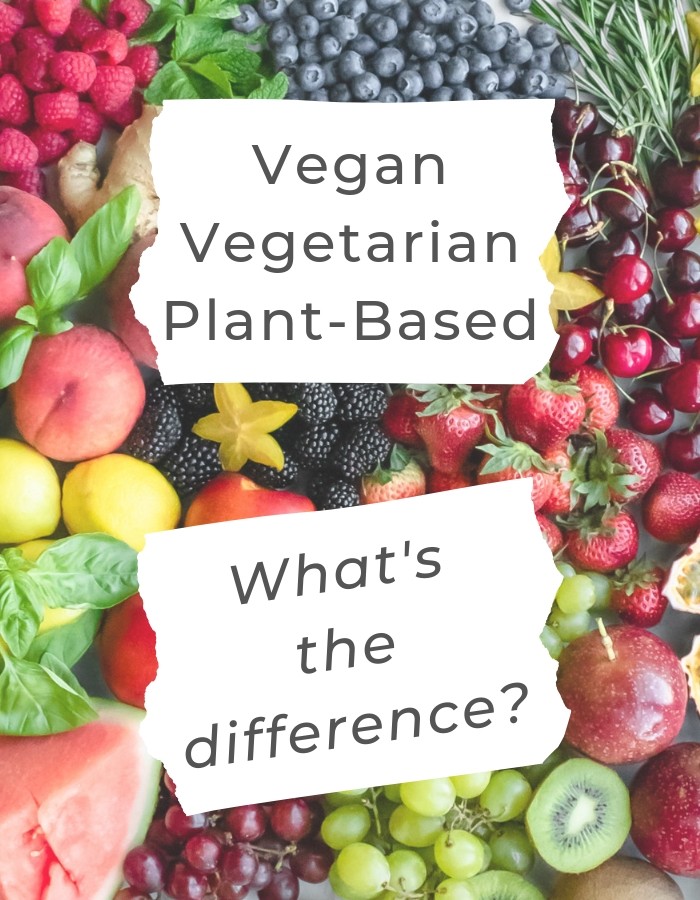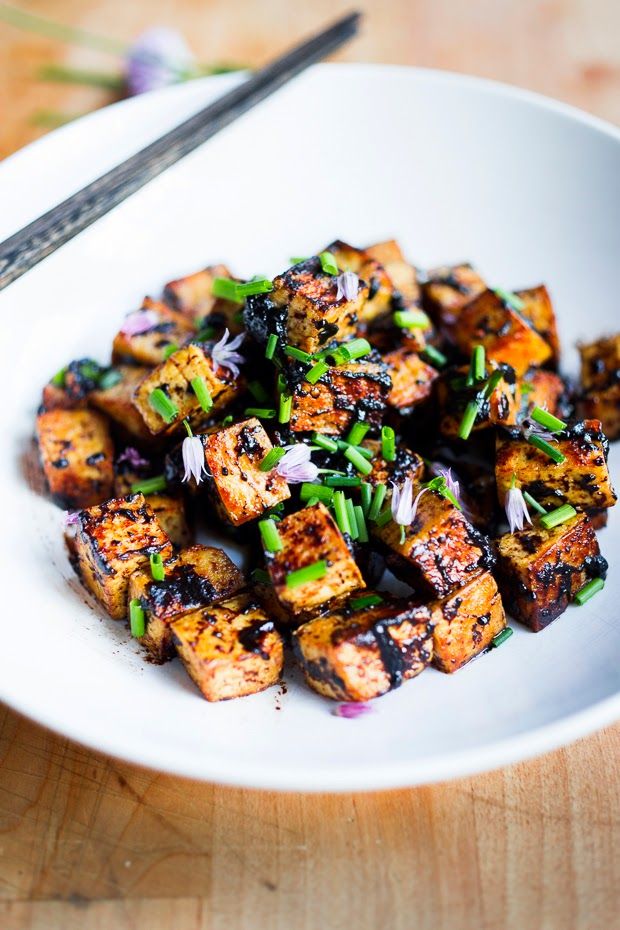
Does seitan health food?
Seitan, a meat alternative that is high in fiber and low in saturated fatty acids, provides a lot of protein. It is the perfect choice for vegetarians and vegans as well as anyone looking to reduce their intake of red meat.
Does it make you feel better?
Seitan’s main ingredient, vital wheat flour, has a texture that is chewy and similar to meat. It is also an excellent source of iron and calcium. It is low in sugar and carbohydrates. This makes it a good addition to your diet.
Does it have a lot of calories?
Seitan's calories can vary depending on brand and preparation. However, on average one fourth cup contains 110 calories and 23 g of protein. It's a great source of vitamins C, E, and B.
Is it low-sodium?
Store-bought seitan tends to be high in sodium. It's therefore not the best choice for people who have high blood pressure. If sodium is a concern, you can choose a low-sodium variety or make your own.

It is a good iron source?
Iron is vital for immunity and inflammation reduction, so adding iron-rich foods to your diet is a great idea. It's also important for healthy bones and teeth, which is why many vegetarians and vegans incorporate iron-rich legumes into their diets.
Is it gluten free?
It's best to stay away from seitan if your diet is gluten-free. It's made from wheat gluten and is therefore not suitable for those with celiac disease or gluten intolerance. It may be mixed with other ingredients, so it's a better option to look for a product that is made from all-natural ingredients and does not contain wheat flour.
Does it contain a lot of calcium?
Calcium is essential in muscle development and nerve function. It's important for bloodclotting. This is why you should include foods rich in calcium into your diet.
What is it?
Seitan, in addition to being a good source of protein, is also rich in potassium, iron, and zinc. It also contains magnesium and fiber which can help control blood sugar levels.
What is the seitan?
Seitan, a high-protein meal, can be substituted in many dishes for meat. It has an earthy, meaty flavor that is simple to cook.

You can make seitan yourself at home by using vital wheat protein, water or vegetable stock and a range of seasonings. You can knead the dough and then simmer it in a flavorful broth for a moist and tender texture or you can deep fry it to give it a crisp, golden exterior.
What is the healthiest method to eat this?
It's best to cook your own seitan, as you can be sure that it is a healthy meal. You can control the taste and quality of the seitan by adding any seasonings you want. If you want to eat it as a snack, I recommend using a whole grain cracker or pita.
FAQ
How much should I weight for my height and age? BMI calculator & chart
The best way to determine how much weight you need to lose is to use a body mass index (BMI) calculator. A healthy BMI range should be between 18.5- 24.9. If you want to lose weight, then you should aim to drop about 10 pounds per month. Simply enter your height, weight and desired BMI into the BMI calculator to calculate it.
This BMI chart will help you determine if your body is overweight or obese.
How can I live a life that is full of joy every day?
It is important to identify what makes you happy. Once you have a clear understanding of what makes you happy you can go backwards. You can also ask others how they live their best lives everyday.
You might also enjoy books like "How to Live Your Best Life", by Dr. Wayne Dyer. He discusses finding happiness and fulfillment throughout our lives.
What's the difference between a calorie and kilocalorie?
Calories can be used to measure how much energy is in food. Calories is the unit of measurement. One calorie is the amount of energy required to heat one gram water one degree Celsius.
Kilocalories can also be used to refer to calories. Kilocalories are measured in thousandths of a calorie. 1000 calories is one kilocalorie.
How do I get enough vitamins?
The majority of your daily needs can be met through diet alone. Supplements can be helpful if you are lacking in any one vitamin. You can take a multivitamin supplement that contains all the vitamins you need. You can also purchase individual vitamins from your local pharmacy.
Talk to your doctor to find out which foods are rich in vitamins. For example, dark green leafy vegetables such as spinach, broccoli, kale, collard greens, turnip greens, mustard greens, bok choy, romaine lettuce, arugula, and Swiss chard are rich in vitamins K and E. Other good sources include oranges, tomatoes, strawberries, cantaloupe, carrots, sweet potatoes, pumpkin, and squash.
If you are not sure how much vitamin you should be consuming, ask your doctor. Your health history and current condition will inform the doctor about the recommended dosage.
Statistics
- Extra virgin olive oil may benefit heart health, as people who consume it have a lower risk for dying from heart attacks and strokes according to some evidence (57Trusted Source (healthline.com)
- According to the Physical Activity Guidelines for Americans, we should strive for at least 150 minutes of moderate intensity activity each week (54Trusted Source Smoking, harmful use of drugs, and alcohol abuse can all seriously negatively affect your health. (healthline.com)
- In both adults and children, the intake of free sugars should be reduced to less than 10% of total energy intake. (who.int)
- The Dietary Guidelines for Americans recommend keeping added sugar intake below 10% of your daily calorie intake, while the World Health Organization recommends slashing added sugars to 5% or less of your daily calories for optimal health (59Trusted (healthline.com)
External Links
How To
What does the "vitamin") mean?
Vitamins are organic compounds naturally found in food. Vitamins are essential for our bodies to absorb nutrients from the foods we eat. Vitamins are not made by the body, so they must be obtained through food.
There are two types vitamins: water soluble or fat soluble. Water-soluble vitamins dissolve easily when they are dissolved in water. Examples include vitamin C,B1 (thiamine), B2 (riboflavin), B3 (niacin), B6 (pyridoxine), folic acid, biotin, pantothenic acid, and choline. Fat-soluble vitamins are stored within the liver and in fatty tissue. Examples include vitamin D, E, K, A, and beta carotene.
Vitamins can be classified according to biological activity. There are eight main groups of vitamins.
-
A - Vital for healthy growth.
-
C - vital for nerve function and energy generation
-
D - Vital for healthy bones and teeth
-
E - required for good vision & reproduction.
-
K - essential for healthy nerves, muscles, and joints.
-
P - essential for strong bones, teeth and tendons
-
Q - aids digestion and absorption of iron.
-
R - necessary for making red blood cells.
The recommended daily allowance for vitamins (RDA) varies according to age, gender, or physical condition. RDA values are set by the U.S. Food and Drug Administration (FDA).
For adults aged 19 and older, the RDA for vitamin B is 400 micrograms daily. Pregnant mothers need 600 micrograms a day to ensure fetal growth. Children ages 1-8 require 900 micrograms per day. Children under 1 year old require 700 micrograms daily, while infants over one year old need 500 micrograms every day. This decreases between 9 and 12 months.
Children between the ages of 1-18 need 800 micrograms per daily for obesity, while those overweight require 1000 micrograms. To meet their nutritional needs, children underweight and obese need 1200micrograms.
Children aged 4-8 years old who have been diagnosed as having anemia require 2200 micrograms of vitamin C per day.
2000 micrograms are required daily for good health in adults over 50. Because of their higher nutrient needs, women who are pregnant or nursing need 3000 mg per day.
Adults over 70 require 1500 micrograms each day, since they lose approximately 10% of muscle mass each decade.
Women who are pregnant and lactating need more nutrients than the RDA. Pregnant mothers need 4000 micrograms per daily during pregnancy and 2500 after giving birth. Breastfeeding moms need 5000 micrograms per daily when breastmilk production occurs.